It’s that time of year again when Cairo finally takes a break from itself. The city is quieter, and traffic is more predictable. Taxi drivers make an effort not to rip you off, and people go out of their way to be kind. From the multicolored Christmas lights hanging from mosques, to the ubiquitous fawanees (Ramadan lamps) that hang from every home and storefront, there is an undeniable mood of festivity in the air.
It’s Ramadan, the Islamic holy month. During this time, Muslims abstain from food and drink from dawn to dusk. They avoid all things vulgar. Well, in theory at least. That means no profanity, fighting, lying, smoking, or engaging in other un-Islamic activities. The prohibited activity that concerns us here is belly dancing.
In Egypt, it is illegal to belly dance during Ramadan. You read that correctly. This is because everything about this dance violates Islamic values of modesty for women and their male viewers. For the most part, cabarets, casinos, bars, and nightclubs close down. But some venues hire belly dancers on the sneak. These are mainly the Nile cruises, which cater to foreign tourists and cannot afford to not to have belly dancing. They way they circumvent the “no belly dancing during Ramadan” policy is by having the dancer wear a 1–piece Saidi galabiyya that covers her whole body,and hiring folklore dancers to dance in the background. Technically, this turns the belly dancer into a folklore dancer and renders her performance legally and morally acceptable.
This was the option with which I faced last Ramadan. I could either perform every day wearing a galabiyya, or I could take the month off. Unable to bear the thought of doing a 45-minute show in a galabiyya, I chose the latter option. Though I am perfectly willing to be a folklore dancer for the second half of my show, I will not do it for my entire show. Not for a whole month, and not for $32 USD. It is bad enough I perform my drum solo wearing my galabiyya. I couldn’t imagine doing my intro in it too.
The management of the Nile Memphis was not pleased with my decision to take the month off. So, I explained that my choice was based on my desire to respect the religious sensibilities of Muslims during Ramadan. This was not completely untrue. A part of me felt that Egyptians would now see me as super whore if I danced during Ramadan, and I just did not want to deal with that. Besides, most belly dancers take Ramadan off anyway. For the Egyptian dancers, it is either out of religious obligation, or, because there is no cabaret work. For the contracted foreign dancers, there simply isn’t enough ‘folklore’ work to warrant them staying in Cairo. Most of them take this opportunity to travel for workshops and visit family abroad.
Though I did not perform or travel back home last Ramadan, I found other ways to amuse myself. One of them was dining at a restaurant called il-Gahsh. In English, The Little Donkey. Smack in the middle of Sayidda Zeinab, one of Cairo’s poorest neighborhoods, il-Gahsh is famous for its Ramadan breakfast (fitaar)of fool & ta’3miyya, fava beans and falafel. It is by far my favorite restaurant in Cairo. And trust me, I’m being kind when I call it a restaurant. Slop joint is a more accurate way of referring to this place, which would fail the most lenient of health inspections. But I absolutely love it and would venture to say that no visit to Cairo is complete without eating there. So let me tell you a little about my love affair with this little donkey.
It all started last Ramadan when some Egyptian friends invited me to sohoor, the 3 a.m. dinner right before the crack of dawn, at which point the next cycle of fasting begins. The typical Egyptian sohoor consists of some variation of foul & ta’3miyya. This is what il-Gahsh specializes in. It was thus only logical that we go there. When we arrived, however, I objected to eating there. In front of me lay a large outdoor cafeteria surrounded by garbage, donkey dung, and flies. “Oh my God, we’re eating here?!” I asked my Egyptian friends. “I’m getting food poisoning just looking at this place.” They laughed and told me not to worry.
Ignoring my better judgment, I sat down with my friends at a makeshift table to eat the biggest feast $5 USD could buy. Foul, omelets, bread, different kinds of salads, arugula leaves, babaghanug, and my favorite—a plate full of chunky raw onions. And, believe it or not, there were no unpleasant ‘after affects.’ I didn’t have to visit the hospital the following day.
The best part of the experience was the presentation. Instead of tablecloths, newspaper covered the table. Instead of napkins, we were given rolls of toilet paper (I wondered if that was an indication of what would happen after the meal >D). Flies buzzed around us and even landed on our food, some of which was served directly on the newspaper. And then there was the sweaty waiter whose cigarette was hanging out of his mouth over the dishes he was carrying. All of that notwithstanding, the food was incredible.
All joking aside, this place is a goldmine. Hundreds of Egyptians eat there every night during Ramadan. I myself went there at least ten times last Ramadan, and I am neither Egyptian nor Muslim. With the amount of money the owner makes during this one month, I wouldn’t be surprised if he does not have to work for the rest of the year.
Il-Gahsh is simply the best. Where else could you get away with eating large chunks of raw onion, leave your table manners at home, and have an entire feast under the most unsanitary conditions without getting sick, all for under $5 USD?
